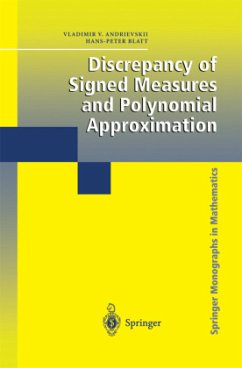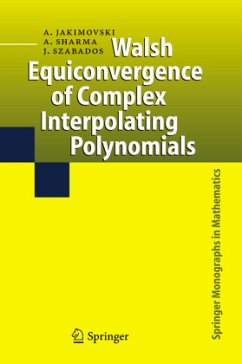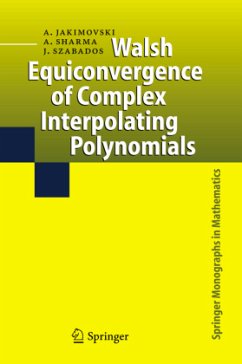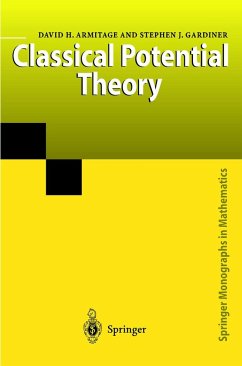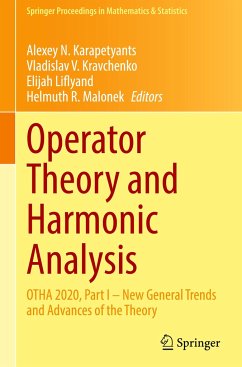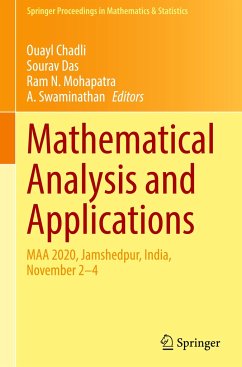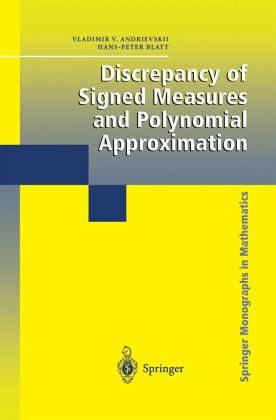
Discrepancy of Signed Measures and Polynomial Approximation
Versandkostenfrei!
Versandfertig in 1-2 Wochen
115,99 €
inkl. MwSt.
Weitere Ausgaben:

PAYBACK Punkte
58 °P sammeln!
A concise outline of the basic facts of potential theory and quasiconformal mappings makes this book an ideal introduction for non-experts who want to get an idea of applications of potential theory and geometric function theory in various fields of construction analysis.
In many situations in approximation theory the distribution of points in a given set is of interest. For example, the suitable choiee of interpolation points is essential to obtain satisfactory estimates for the convergence of interpolating polynomials. Zeros of orthogonal polynomials are the nodes for Gauss quadrat ure formulas. Alternation points of the error curve char acterize the best approximating polynomials. In classieal complex analysis an interesting feature is the location of zeros of approximants to an analytie function. In 1918 R. Jentzsch [91] showed that every point of the circle of convergence of apower series is a limit point of zeros of its partial sums. This theorem of Jentzsch was sharpened by Szegö [170] in 1923. He proved that for apower series with finite radius of convergence there is an infinite sequence of partial sums, the zeros of whieh are "equidistributed" with respect to the angular measure. In 1929 Bernstein [27] stated the following theorem. Let fbe a positive continuous function on [-1, 1]; if almost all zeros of the polynomials of best 2 approximation to f (in a weighted L -norm) are outside of an open ellipse c with foci at -1 and 1, then f has a continuous extension that is analytic in c.





